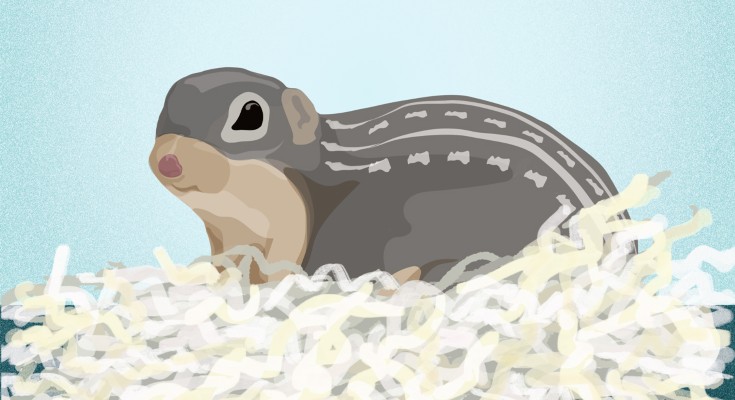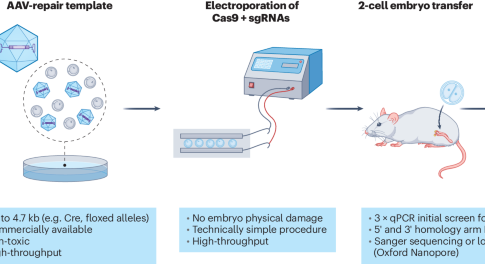
Submit to Lab Animal today
LabAnimal is a monthly journal covering in vivo science & technology using model organisms of human health and disease. Besides the subscription route, we now offer Open Access publishing.

LabAnimal is a monthly journal covering in vivo science & technology using model organisms of human health and disease. Besides the subscription route, we now offer Open Access publishing.


Recent genome editing techniques have substantially simplified the generation of genetically modified mice. A new study combines adeno-associated viruses (AAV) and electroporation to generate a robust pipeline to deliver CRISPR-Cas reagents into mouse embryos.
Please read this section before submitting anything to LabAnimal. This section explains our editorial criteria, and how manuscripts are handled by our editors between submission and acceptance for publication.
Explanation of the submission, peer-review, decision and revision processes.
This section contains guidelines for refereeing for LabAnimal.
